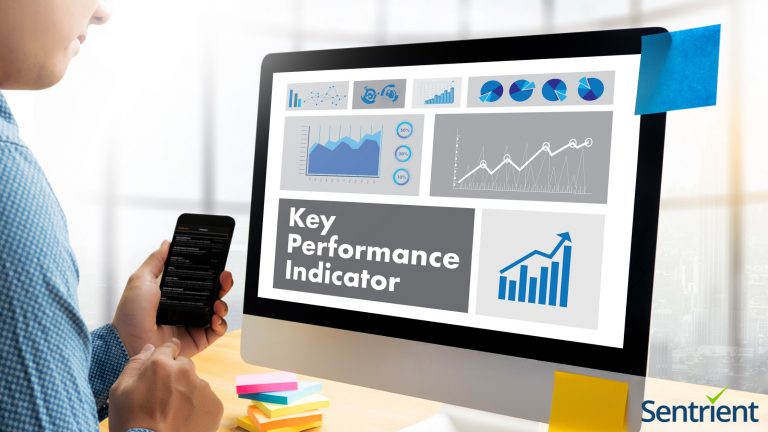The Significance Of A Performance Management System In The Workplace

Performance management is the activity of engaging with employees to assess their work performance and development. An effective performance management process should not be underrated as it can dictate the quality of the product or service your organisation provides.
Performance management has evolved over time, and you should not be just doing annual appraisals – it goes beyond that. Every business should invest time and effort into improving employee performance. Here are some of the ways a performance management system can help add value to your business.
Helps boost employee engagement and productivity

Lack of management interaction can make employees feel undervalued or disconnected. This can lead to employees withdrawing from putting in their best efforts and not viewing their role in the organisation as promising. This may also give rise to employee dissatisfaction and attrition. An effective performance management system helps boost employee engagement.
Continuous performance management throughout the organisation helps develop a workplace atmosphere of support, trust, and encouragement. Implemented properly, performance management can be a tool to help employees grow. It leads to better employee engagement and eventually increased productivity. It also strengthens the relationship between the organisation and its employees.
Helps create employee development strategies
 Employee development strategies are helpful to design and implement new training programs for employees. All employees can benefit from online or offline training provided by their employers to learn new skills, gain knowledge about regulations that apply to the business processes they participate in and understand the standard of conduct expected of them through business policies. Many businesses now include a learning and development module as a part of their HRMS platform.
Employee development strategies are helpful to design and implement new training programs for employees. All employees can benefit from online or offline training provided by their employers to learn new skills, gain knowledge about regulations that apply to the business processes they participate in and understand the standard of conduct expected of them through business policies. Many businesses now include a learning and development module as a part of their HRMS platform.
The main step toward formulating employee development strategies is to study your business processes and the requirements of your employees to achieve these. HR personnel and organisational managers need to maintain direct contact both formally and informally to know if their employees are facing any difficulties performing their tasks. If there is a need for training or other resources, management should provide it. This process is now part of a modern performance management system that helps employees work efficiently.
Enables the exchange of feedback

As with employee development strategies, employee feedback is crucial through every part of your business. Originally performance management systems did not provide enough scope for employees to voice their concerns. It was just an annual process where managers would rate employees based on their performance throughout the whole year. But modern performance management systems adopt a continuous approach and pay more importance to employee feedback.
With a powerful human resource management system in place, that incorporates a performance management system, employers can encourage employees to interact with reviewers, managers, or HR personnel for work-related concerns at any time. These concerns are documented in the HRMS, and solutions can be implemented as soon as possible. Sentrient’s HRMS platform also offers 360-degree reviews, where managers can also be graded by employees for their performance.
Helps create better and more understandable goals

Employee surveys in many organisations have discovered surprising details. Around 50% of employees are not clear about their job role or the goals of the business they are working for. These statistics are not a good result for both employees and the organisation. If your employees are not aware of their goals, their work is likely to be less efficient and productive than it should be.
Performance management systems help create better goals that are realistic and understandable for employees. When employees work towards achieving well-defined and well-understood business goals, an increase in efficiency and productivity can be seen.
Encourages employee reward and recognition

Employee morale is one of the most important factors of employee performance. Employees with low morale tend to have reduced productivity or enthusiasm to perform their tasks. One way to ensure your employees don’t experience low morale or are unclear of their tasks is to engage with them at regular intervals.
With a continuous performance management system, managers can recognise and reward the hard work put in by employees at regular intervals, such as monthly, quarterly, etc. This can help create a healthy work environment where employees feel motivated to perform better. All these activities can be easily managed using the advanced features of a human resource management system.
Conclusion:
A skilled workforce is the backbone of every organisation and organisations must do everything in their power to retain this workforce. A performance management system helps managers to work individually with every employee to improve their productivity. Employees who are given ample opportunities to learn, improve performance, and grow will work towards achieving business goals.
Consolidating a performance management system in a digital HRMS can simplify these tasks and help HR personnel and organisational managers save time. Sentrient’s HRMS offers an efficient way to manage the talent in your organisation. Please feel free to contact us for more information.
This blog post was originally published here.



Comments
Post a Comment